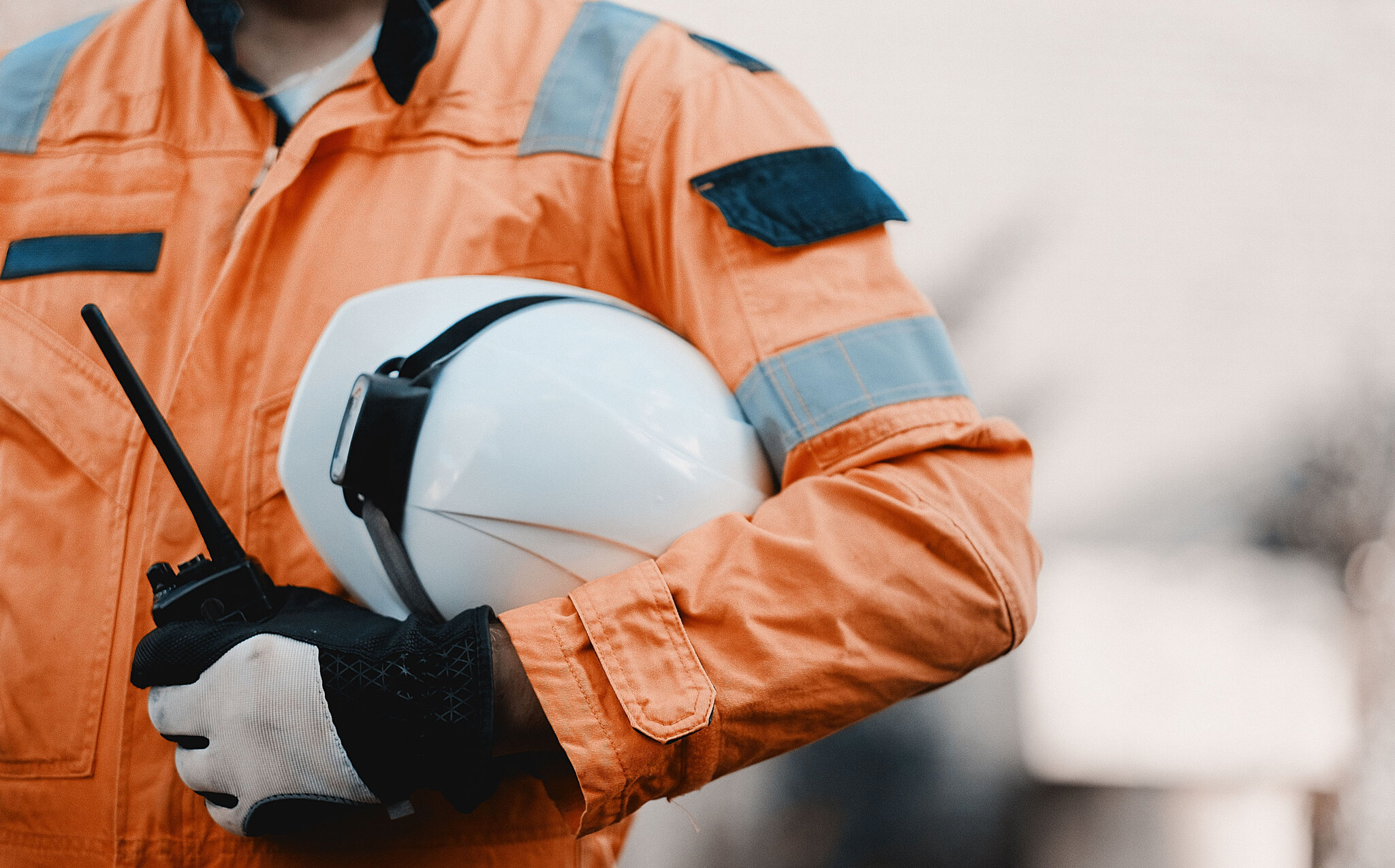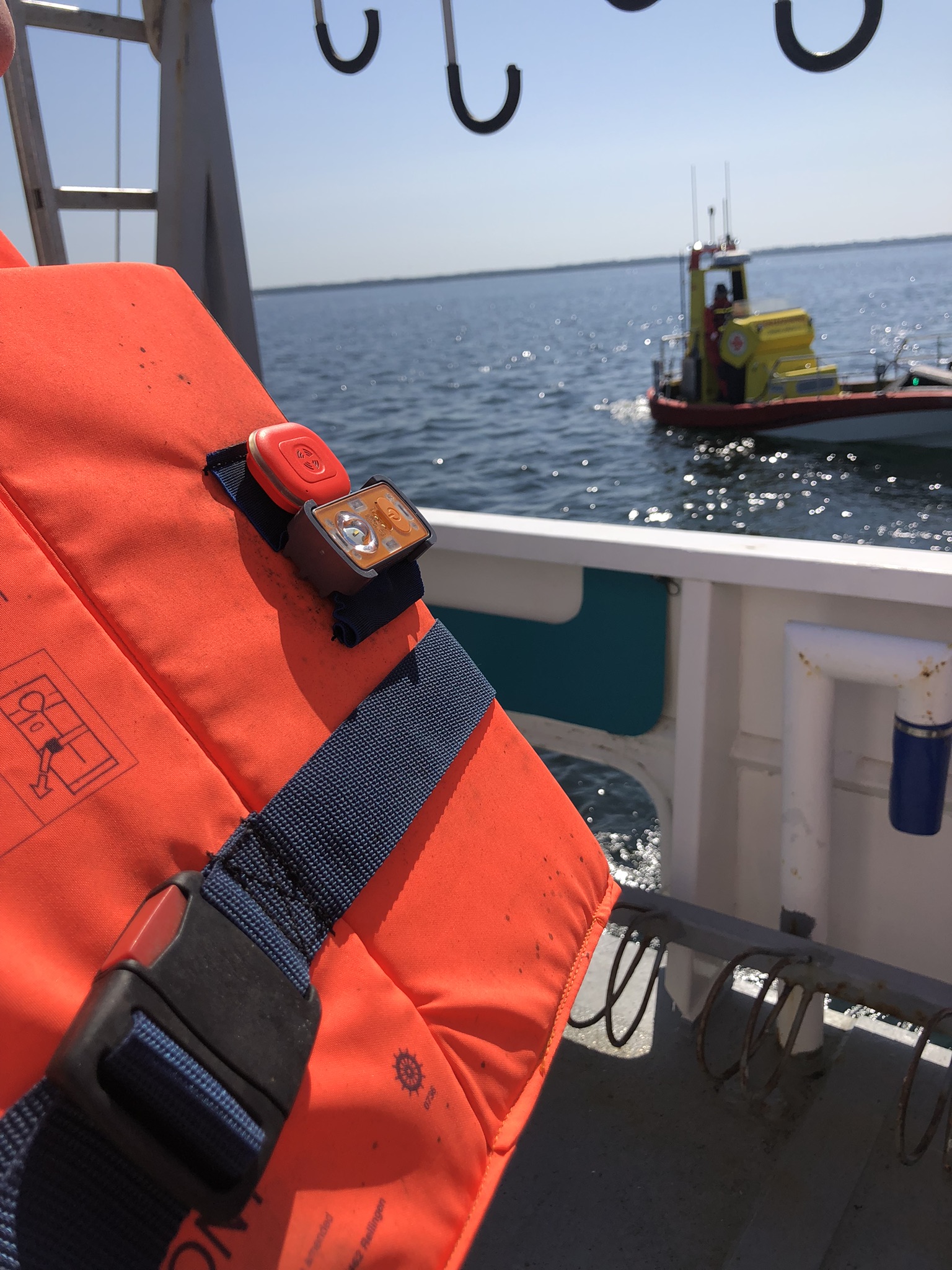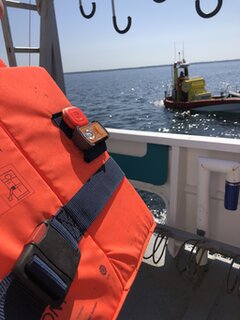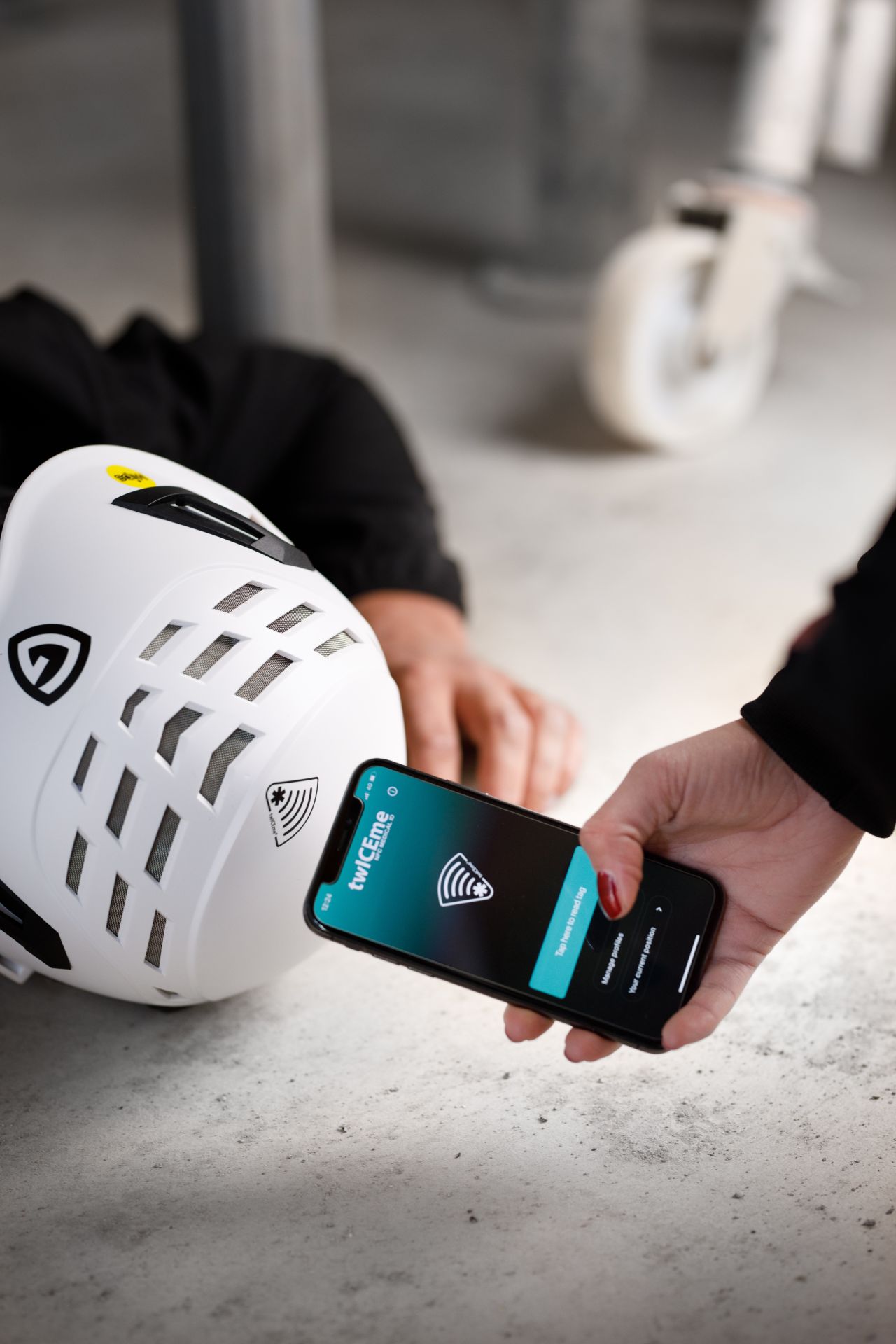Feature
The wearable tech improving maritime safety
Over recent years the maritime sector has embraced the rise of new wearable tech to improve seafarer safety. Keri Allan explores some of the new hardware coming to market, and how wearables are helping raise safety.

Safety risks for maritime workers are significant both on and offshore. Ports present hazards, with constantly moving heavy loads and the operation of large machinery, such as reach stackers, straddle carriers and cranes. On board vessels, the dynamic nature of the environment, combined with hard surfaces that can easily become wet and slippery, add to the risks.
The specialised nature of many jobs also means that workers might need to operate in elevated areas, often requiring them to climb stairs or ladders, further increasing the hazards they encounter.
In light of this, it’s crucial for workers to remain constantly vigilant, well-trained in safety practices and in regular communication with both colleagues and systems.
Improving safety through the use of technology
Safety in the maritime industry always comes first, but even with today’s safety procedures, training and equipment, incidents, lost time injury (LTI) and near-miss numbers are not going down, says Anders Schening, CEO of technology firm LifeFinder.
“There are also new risks emerging, such as cargo fires caused by products with batteries, like electric vehicles, and risks from new fuels developed to meet zero-emission targets, such as synthetic natural gas (SNG), e-ammonia and e-methanol.
“Increased transport and stress are also a factor,” he continues, “with Lloyd’s Register’s Safetytech Accelerator reporting that 75% of all incidents happen in high-traffic areas near shore.”

Lifefinder’s wearable sensor technology helps locate seafarers in the event of an emergency. Credit: Lifefinder

Lifefinder’s wearable sensor technology helps locate seafarers in the event of an emergency. Credit: Lifefinder
Technology can play a key role in improving safety in the maritime sector, he says, going on to explain that it’s not about replacing any of the existing safety products, routines, or training – but rather adding to them.
“Technology can help detect issues earlier, speed up responses, and have more detailed information for rescue operations,” he says. “It can also be used to help prevent accidents, through the use of smart sensors, wireless technologies, and even artificial intelligence (AI).”
It plays a crucial role in enhancing safety by providing advanced tools for real-time monitoring, data analysis, and risk mitigation.
“Innovations such as local positioning systems (LPS), advanced sensors and integrated safety management platforms are helping operators make informed decisions and prevent potential hazards,” adds Filippo Bonifacio, CEO of Advanced Microwave Engineering (AME).
Wearable tech: Saving lives and money
This is why Schening created the company LifeFinder, which combined sensors, wireless and positioning tech to create a device suited to the extreme conditions and use cases found within the maritime industry.
Its Emergency Crew Locator System can be used to locate individuals lost or during an emergency, which in turn can help reduce the time it takes to deploy safety systems like a CO2 extinguishing system, by providing a live account of the location of all crew members.
“It’s not only about saving lives and decreasing accidents, it’s also helpful in providing financial benefits,” he says. “For example, we learned from one customer that reducing the time it takes to find a crew member or detect a cargo fire could save costs of anything from $100,000 to over $1m.”
It’s not only about saving lives and decreasing accidents, it’s also helpful in providing financial benefits.
More wearable devices are coming to the market, but with some adding weight and potential complexity to their job, there are workers opposed to adding ‘yet another device’ to their clothing or gear. One solution has been to integrate technology into the items workers are already wearing in these environments, such as helmets, harnesses, and vest
Twiceme is one such provider of products in this area. The company uses next-generation near-field communication (NFC) technology to enable items to store information on them and the workers using it.
“During a medical emergency, people can interact with the gear using a mobile device, to learn valuable information about the wearer, such as existing medical conditions or allergies," says Christian Connolly, CEO of Twiceme.
"This type of information is invaluable if someone’s incapacitated – helping responders make better and faster decisions. Additionally, when paired with a worker’s smartphone, it can be used to regularly remind them to inspect their equipment, helping workers familiarise themselves with their gear, whilst helping companies meet safety requirements and instilling a culture of safety on the job.”
Proactive risk reduction
Another interesting solution is the Amesphere system, which provides real-time information and alerts using LPS sensors and tags. Unaffected by the line of sight or weather conditions, it enables real-time risk assessment, as well as visibility beyond obstacles and in poor conditions.
“Amesphere integrates a sensor on the vehicle and a display in the cabin, alerting the operator to the presence and position of workers equipped with tags, or other vehicles,” says Bonifacio.
“Data collected is processed in real-time by cloud software, providing crucial information to safety and logistics managers. Intuitive dashboards generate notifications and preventive alerts to help increase safety and operational efficiency, in addition to detailed reports and heatmaps that identify high-risk areas and monitor safety performance, transforming data into valuable information for proactive action and risk reduction.”

Twiceme’s personal protection equipment has built-in NFC technology. Credit: Twiceme
While there are many technological solutions already available to improve safety in maritime, the reality is we’re still only at the beginning, says Schening. He points to the automotive industry, which has been using sensors for more than 20 years in systems such as anti-lock braking systems (ABS), electronic throttle control (ETC), and collision warnings.
Technology is only a tool, he notes, but an important one and we can expect to see many further advancements in port and ship safety through the integration of advancing technologies, including, but not limited to, AI and machine learning (ML).
“These will enhance predictive capabilities, allowing for more accurate forecasts of potential hazards and automated risk assessments,” says Bonifacio.
“More sophisticated data sharing systems between terminals and maritime authorities will also facilitate better coordination and more effective responses to emerging risks.”